Scientists at the UnIversity of Edinburgh in the UK suggest that the heart-health benefits of sun exposure may outweigh the risk of developing skin cancer.
In the landmark study, the researchers found that when sunlight touches our skin, a compound called nitric oxide that helps lower blood pressure, is released into our blood vessels.
Richard Weller, Senior Lecturer in Dermatology, and colleagues, say the effect is such that overall, sun exposure could improve health and even prolong life, because the benefits of reducing blood pressure, cutting heart attacks and strokes, far outweigh the risk of getting skin cancer.






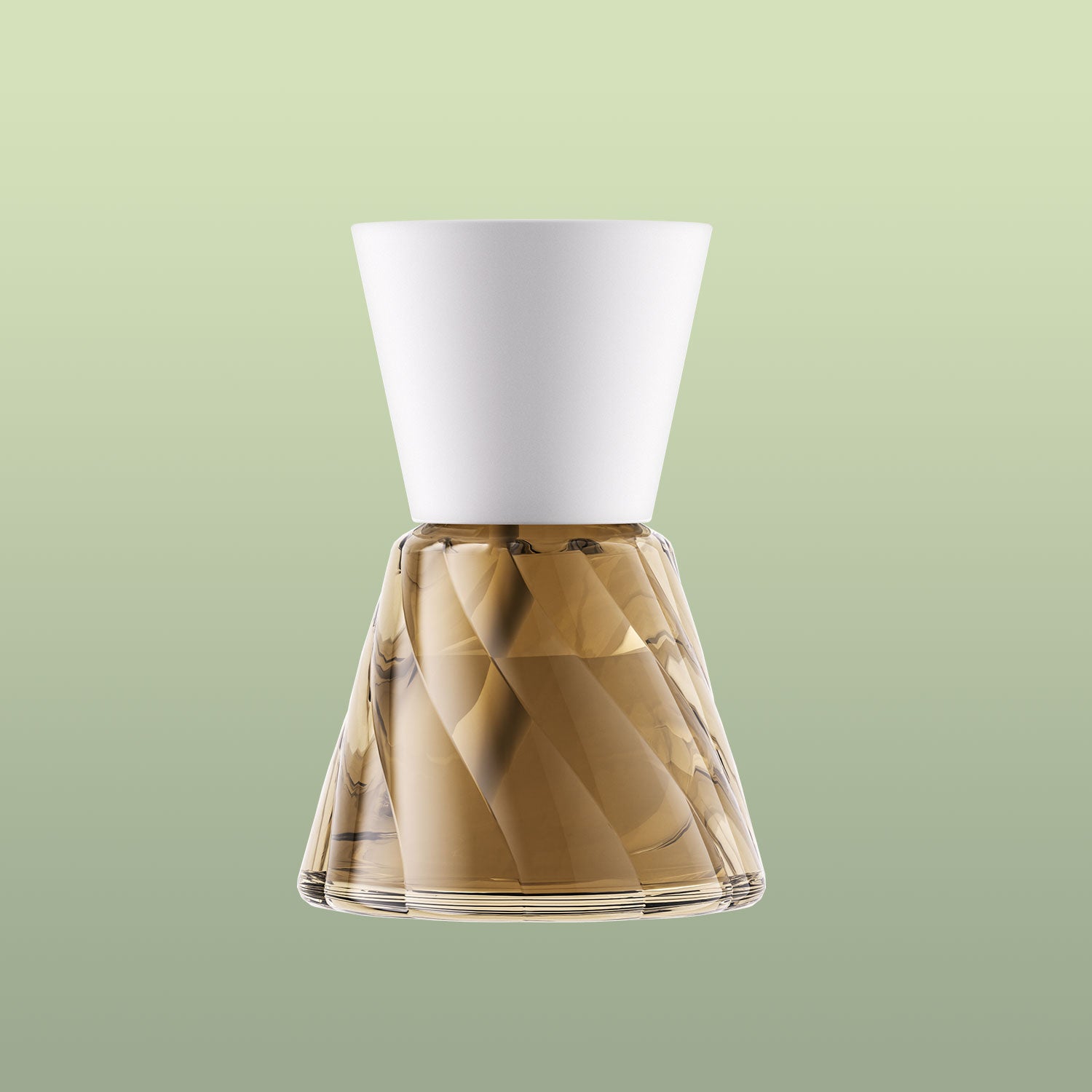


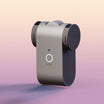


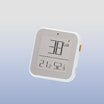


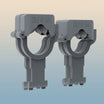

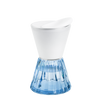



Leave a comment
All comments are moderated before being published.
This site is protected by reCAPTCHA and the Google Privacy Policy and Terms of Service apply.